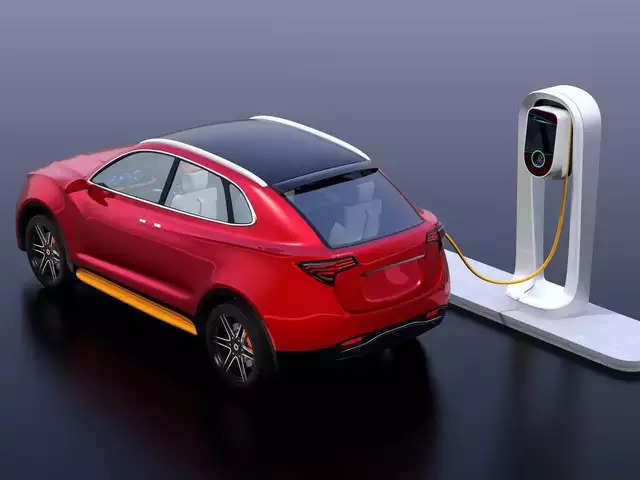Indian EV industry to witness over 150 GWh of li-ion battery cell capacity by 2030: ICRA

The Indian EV sector is on track for significant growth, with projections indicating that over 150 GWh of Li-ion battery cell capacity will be operational by 2030, according to a recent ICRA report.
However, the report highlights that several challenges like technological complexity, high capital requirements, and the availability of critical raw materials can hinder the establishment of a fully-fledged domestic battery manufacturing ecosystem in the country.Challenges in building a battery cell manufacturing ecosystem
The report identifies technological complexity as one of the primary challenges, along with the substantial capital investment required for setting up production facilities.
Furthermore, the availability of essential raw materials, such as lithium and cobalt, is a significant concern, as is the lack of a comprehensive battery recycling infrastructure in the country. These factors present ongoing hurdles for the industry’s long-term sustainability.
Global EV battery supply chain dynamics
The global EV market is expected to grow exponentially over the next five years, spurred by government support, heightened consumer awareness, and an increasing number of new EV launches. With battery accounting for 35-40 per ent of a vehicle cost, enhancing battery cell manufacturing has been a global focus.
China continues to dominate the Li-ion battery supply chain, leading in both raw material processing and manufacturing capacity. According to the ICRA report, Li-ion battery pack prices have dropped significantly, with a 20 per cent year-on-year reduction in 2024, driven by an increase in supply.
Indian li-ion battery industry
On the other hand, India remains largely dependent on imports to meet its Li-ion battery cell requirements, with domestic capabilities limited to battery pack assembly. However, the demand for Li-ion battery cells is expected to grow substantially in the coming years. The report forecasts that the demand for Li-ion battery cells in India will reach 11-13 GWh by FY25 and 60-65 GWh by FY30.
Policy support
With the proactive support from the central government, ICRA highlights that over 150 GWh of Li-ion battery cell capacities are set to become operational by 2030, with investments exceeding Rs 75,000 crore. A significant portion of this localisation is occurring through technology transfers and strategic alliances with overseas battery cell manufacturers, accelerating the country’s domestic battery production capabilities.
Despite the encouraging growth prospects, the report emphasises that Indian Li-ion battery cell projects are considered high-risk ventures. These projects face potential time and cost overruns, which could delay the establishment of domestic manufacturing capabilities.
Additionally, the country’s reliance on imported raw materials exposes it to geopolitical and region-specific risks, as well as fluctuations in foreign exchange rates. The report also highlights an offtake risk, as the reliability and performance of these batteries must be proven before widespread adoption can occur.
While India’s Li-ion battery industry is poised for growth, the country will need to overcome several challenges in the coming years to establish a self-sufficient and sustainable battery manufacturing ecosystem.
Click here to check out more news:
Most Viewed Blogs
Latest Jobs in India
Technology News
Latest Jobs in India
Technology News








